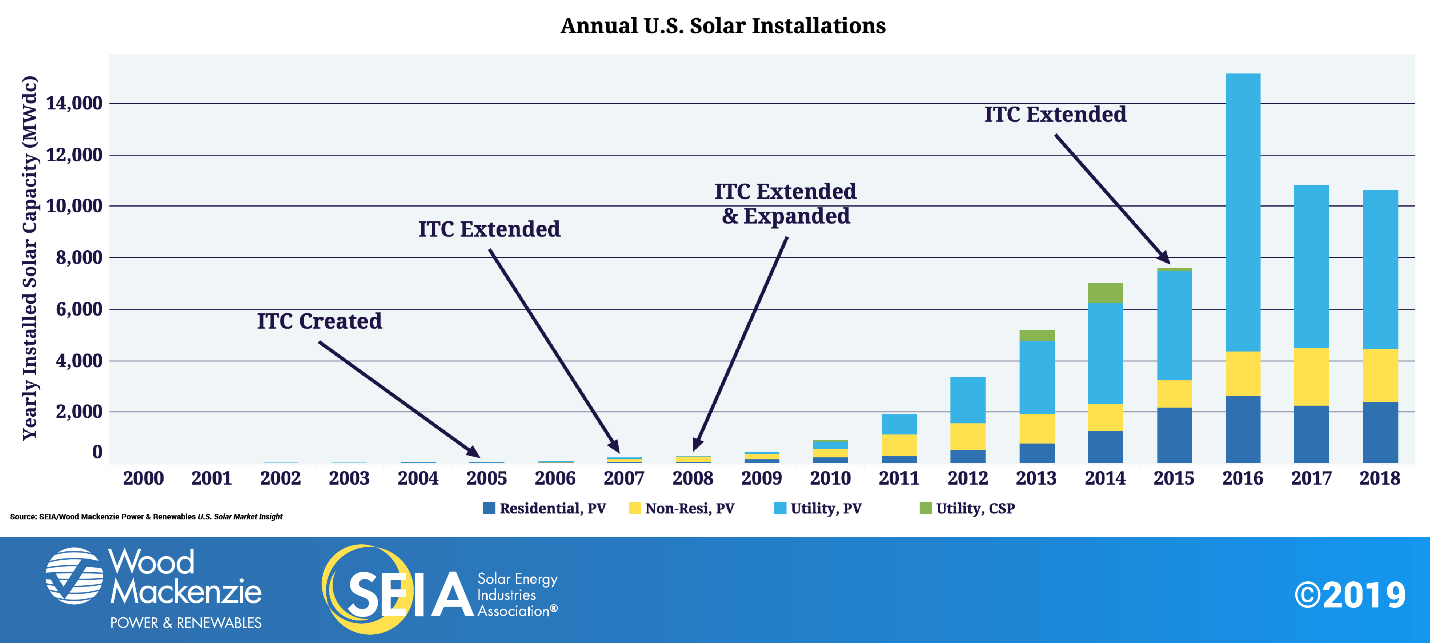

Physical Work Test: Construction has started when “physical work of a significant nature begins.” This is a more subjective test than the safe harbor test below. The IRS will look to the “nature of the performed work, not the amount or the cost.” The work can include both off-site and on-site work, but work cannot begin until a binding contract is in place for the solar construction.
Five Percent Safe Harbor Test: A taxpayer can demonstrate that construction has commenced when he/she pays or incurs five percent or more of the total cost of the solar project. If a project using this test later exceeds projected amounts, and the expenses occurred in the year the tax incentive is sought are below five percent, the taxpayer may lose the ability to claim the earlier construction commencement date.
Once either test has been met the IRS requires “continuous work” on the project until the system has been placed in service. Fortunately, the IRS has indicated that it will not require proof of “continuous work” if a project is completed within four years. This is often not an issue for a standard commercial solar project, and all projects must be placed in service before January 1, 2024 to qualify for the ITC regardless. Therefore, continuous work will not be an issue for many commercial solar projects qualifying for the ITC.
